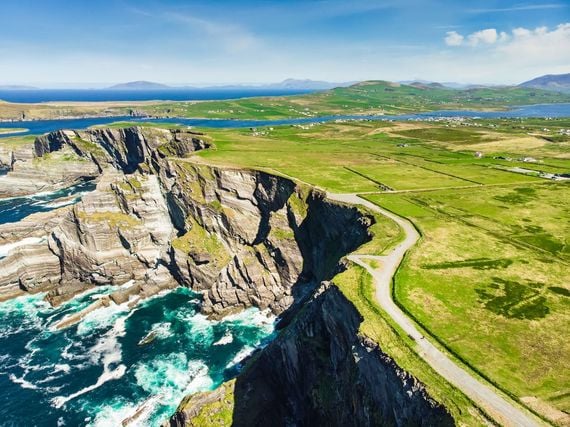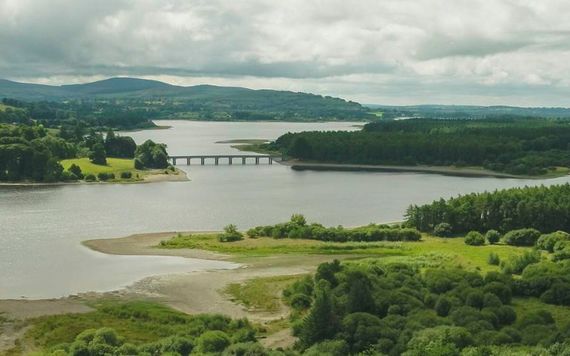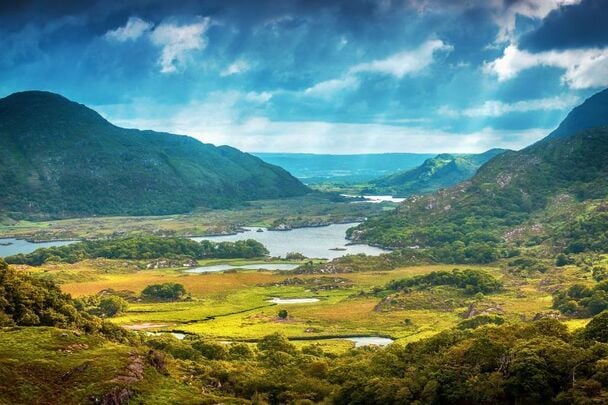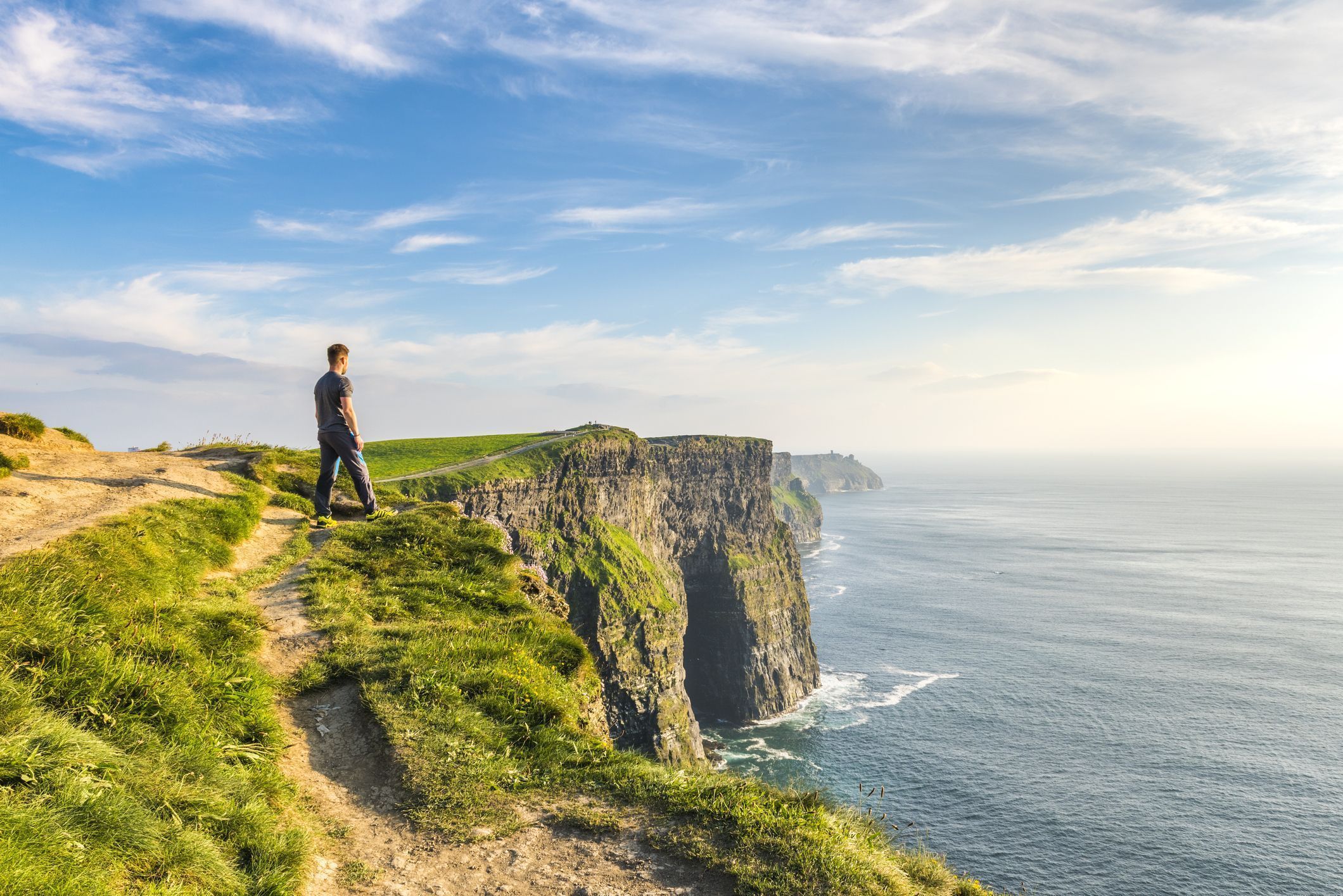It's not just poetic, it’s scientific—and a bit of magic, too! Whether you're marveling at the rolling hills or daydreaming of a cozy countryside, Ireland’s stunning greenery is a sight to behold. So, what makes this little island in the Atlantic so lush and vibrant?
Rain, rain, and more rain!
The key ingredient to Ireland’s signature green landscape is... drumroll, please... rain! Yes, it's no secret that Ireland gets more than its fair share of wet weather. Thanks to its location on the edge of the Atlantic Ocean, the island is often at the mercy of oceanic weather systems. These systems bring plenty of rain, but rather than being constant, Ireland's rain comes in bursts. You might have heard the phrase, “Four seasons in one day,” and that’s not far from the truth!
On average, Ireland experiences 150-225 rainy days per year depending on the region. Western counties tend to get the most rain, while eastern parts enjoy slightly drier weather. This rainfall, combined with mild temperatures, creates ideal conditions for plant life, especially grass, to flourish. In fact, the grass grows so well that you might have thought Ireland invented the color green!
Warm hug of the North Atlantic Drift
Though it rains often, Ireland is spared the harsh cold of other northern European nations thanks to the North Atlantic Drift, a warm ocean current that flows past its shores. This keeps Ireland's climate mild, with cool summers and relatively warm winters. No scorching heatwaves to burn the grass, and no bitter cold to freeze it over—just the perfect balance to keep those rolling hills as lush as can be.

Wild Atlantic Way, Kerry cliffs.
Soil with a story
Not all the magic is in the skies—part of Ireland’s green glory is due to its rich, fertile soil. Formed over thousands of years by volcanic activity, glaciers, and ancient rivers, Ireland’s soil is packed with the nutrients plants need to grow. Farmers have been using this naturally fertile ground for centuries, producing crops and raising cattle on grasslands so green they make postcards jealous.
Read more
Ireland’s secret weapon: grass
Speaking of grass, Ireland’s fields and meadows are predominantly made up of perennial ryegrass, a supergrass (no cape needed) that thrives in temperate climates. This grass can grow nearly year-round, even in the mild winters. It’s not just for show, either—this grass is crucial to Ireland's agriculture, helping to feed the cattle and sheep that roam the fields. So, the next time you're enjoying some Irish butter or cheese, you can thank that wonderful grass for it.

Blessington Lakes, County Wicklow.
A rainbow’s favorite playground
Okay, we mentioned a bit of magic earlier, and it’s hard to resist a little Irish mythology when we’re talking about the land of leprechauns and fairies. Maybe, just maybe, the real reason Ireland is so green is that the leprechauns tend the fields in secret. After all, they have to keep things looking beautiful for all the rainbows that land here!

Are you planning a vacation in Ireland? Looking for advice or want to share some great memories? Join our Irish travel Facebook group.
Green for days
So there you have it, the secret to Ireland’s vibrant green landscape is a beautiful blend of rainfall, mild climate, fertile soil, and hardworking grass. Whether you’re visiting in person or dreaming of it from afar, just know that Ireland’s greenery is as resilient as it is beautiful. It’s not just the land—it’s the heart of Ireland itself, a true emerald in the Atlantic.
Now that you know the science, next time someone asks you why Ireland is so green, you can impress them with your knowledge of climate systems and soil fertility. Or you can just tell them it's leprechaun magic—that works too!




Comments